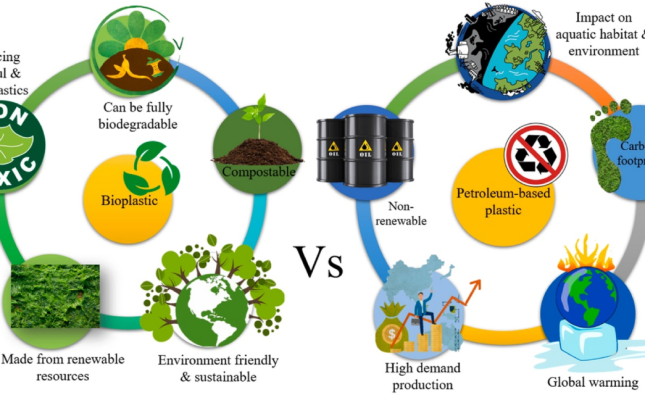
In recent years, consumers have become increasingly aware of the impact that their beauty products have on the environment. From plastic packaging to harmful ingredients, the cosmetics industry has traditionally been a major contributor to pollution and waste. However, a growing number of brands are now embracing sustainability and leading a green beauty revolution.
One of the key ways that brands are promoting sustainability is through their packaging. Many companies are opting for eco-friendly materials such as glass, metal, and paper, which can be recycled or biodegraded. Some brands are even taking it a step further by offering refillable packaging or innovative packaging solutions that reduce waste.
In addition to packaging, ingredients are also a major focus for sustainable beauty. Many brands are sourcing natural and organic ingredients that are grown without harmful chemicals and pesticides, reducing their impact on the environment. Some brands are even working directly with farmers and communities to promote ethical sourcing and fair trade practices.
But sustainability in the cosmetics industry is not just about the ingredients in the products themselves. It’s also about the manufacturing process and the impact that it has on the environment. Brands are increasingly adopting sustainable practices such as using renewable energy sources, reducing water consumption, and minimizing waste during production.
Consumer demand for sustainable beauty products is also driving the industry’s shift towards sustainability. A recent survey found that 85% of consumers consider sustainability when making a purchase, and that number is only expected to grow. Brands that don’t prioritize sustainability risk losing market share to those that do.
However, there are still challenges facing the cosmetics industry as it moves towards sustainability. One of the biggest is the lack of regulation around sustainable beauty claims, which can make it difficult for consumers to determine whether a product is truly eco-friendly or just greenwashed. In addition, there is also a need for greater transparency and accountability from brands when it comes to their sustainability practices.
Despite these challenges, the green beauty revolution shows no signs of slowing down. As consumers become more aware of the impact that their beauty products have on the environment, brands are stepping up to meet their demands and promote sustainability. By embracing innovative packaging solutions, natural ingredients, and sustainable manufacturing practices, the cosmetics industry can continue to evolve and lead the way in creating a more sustainable future.










